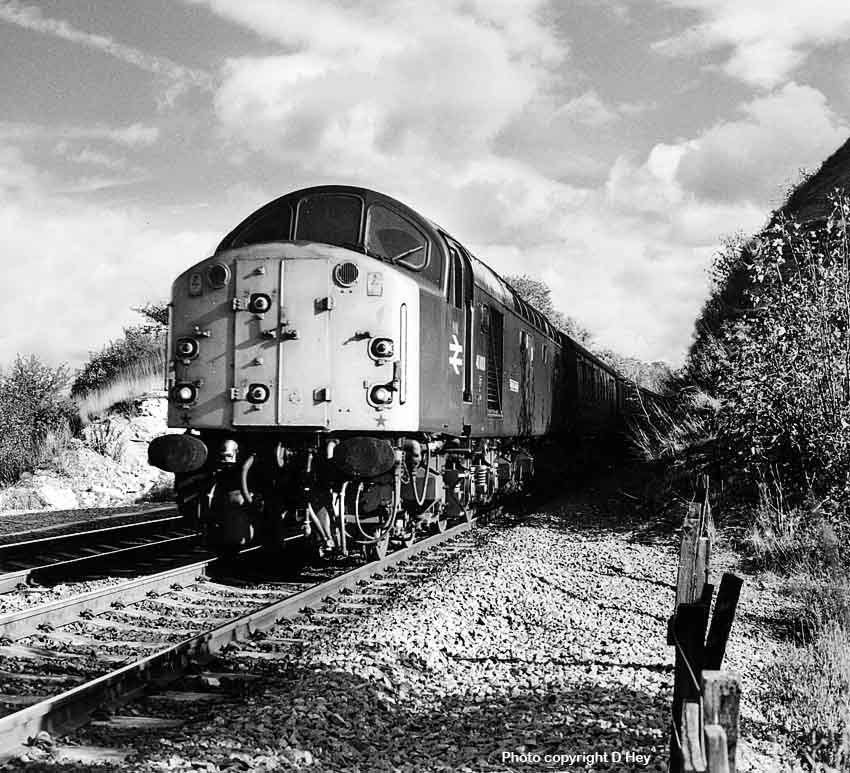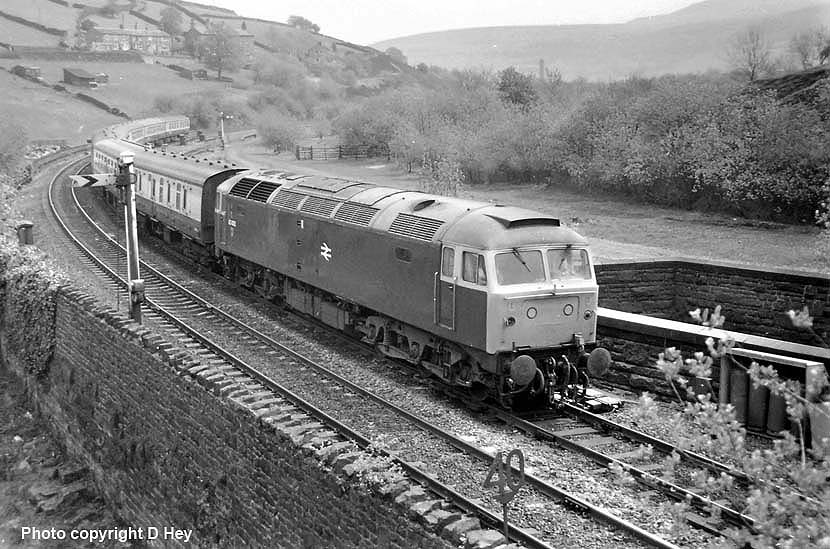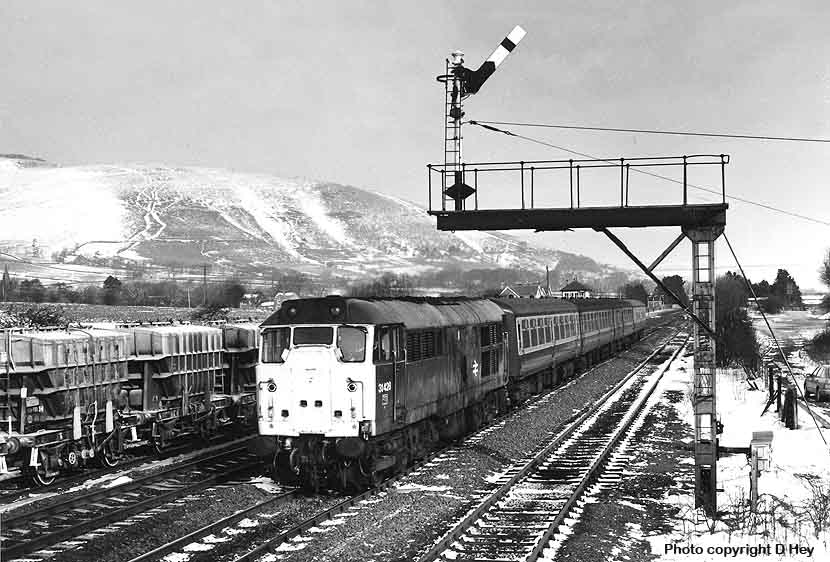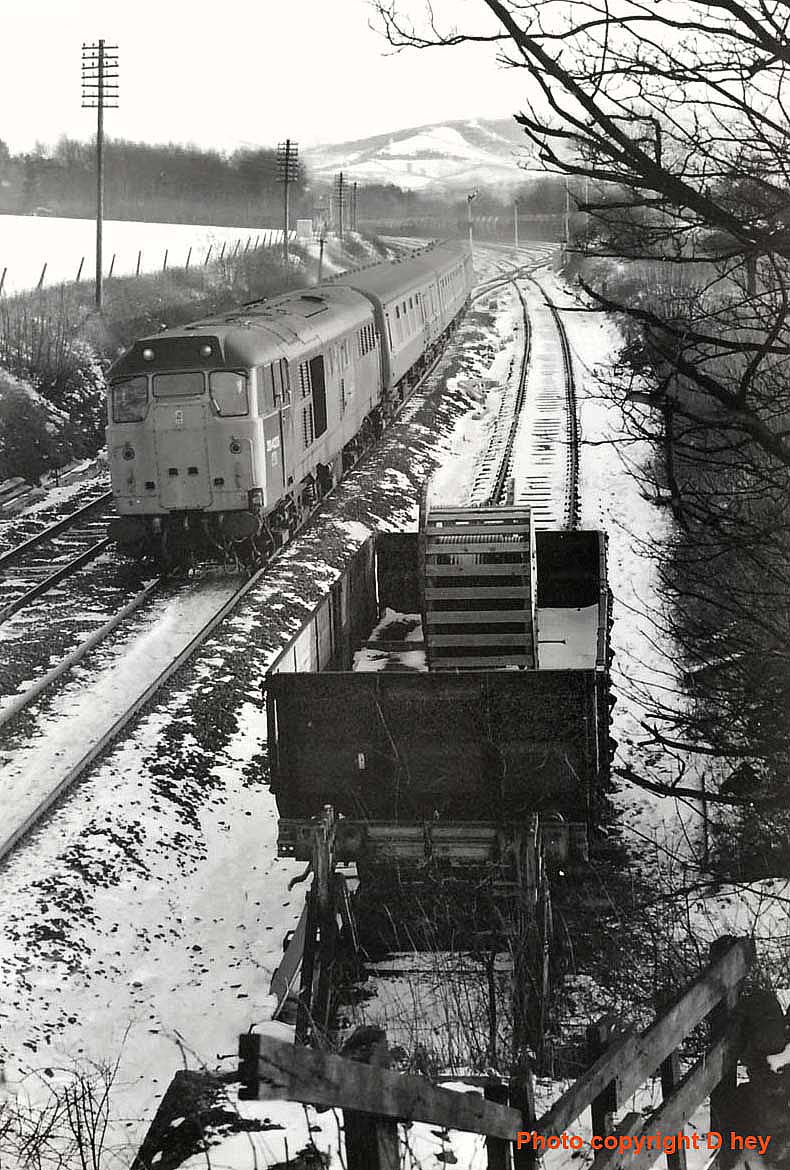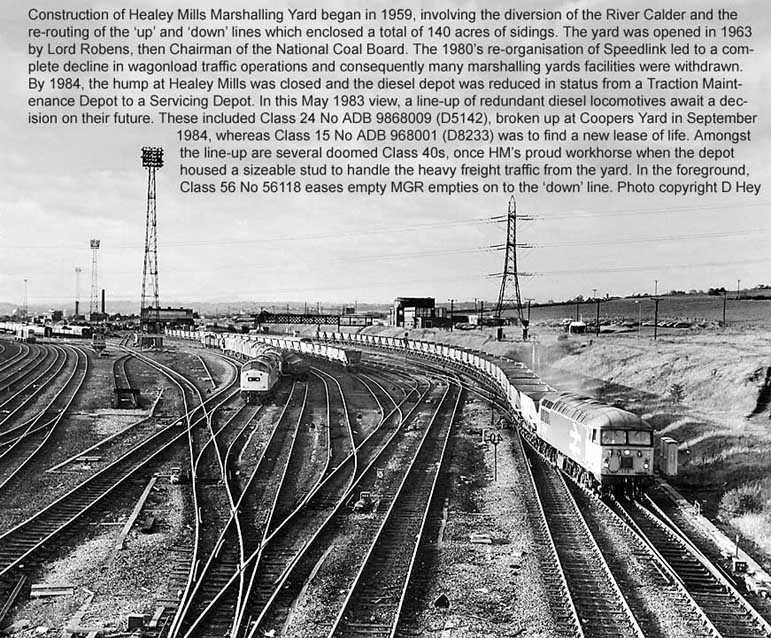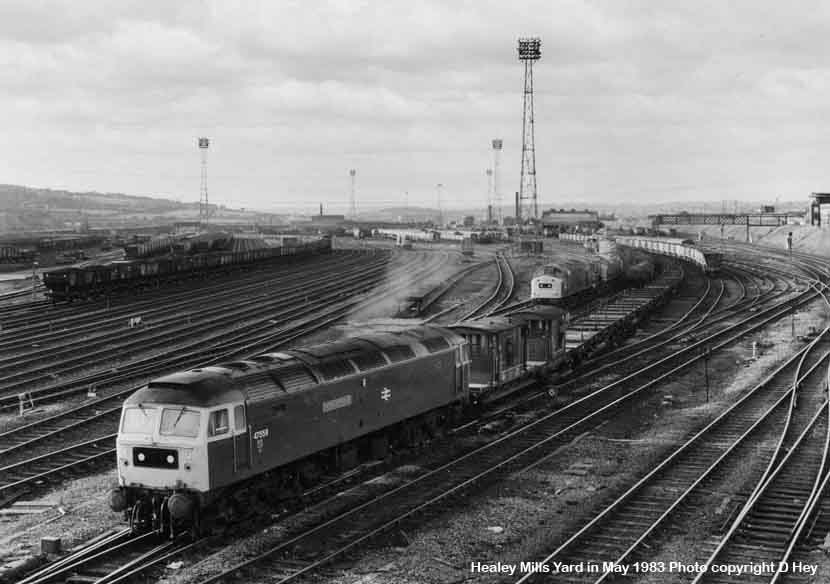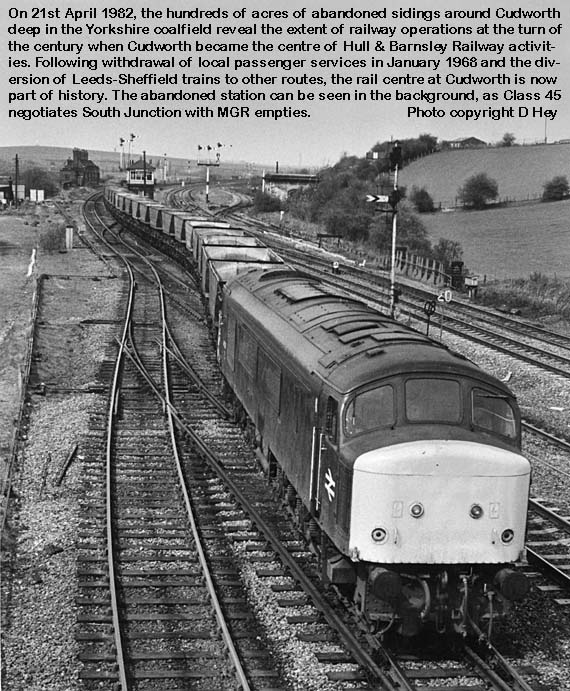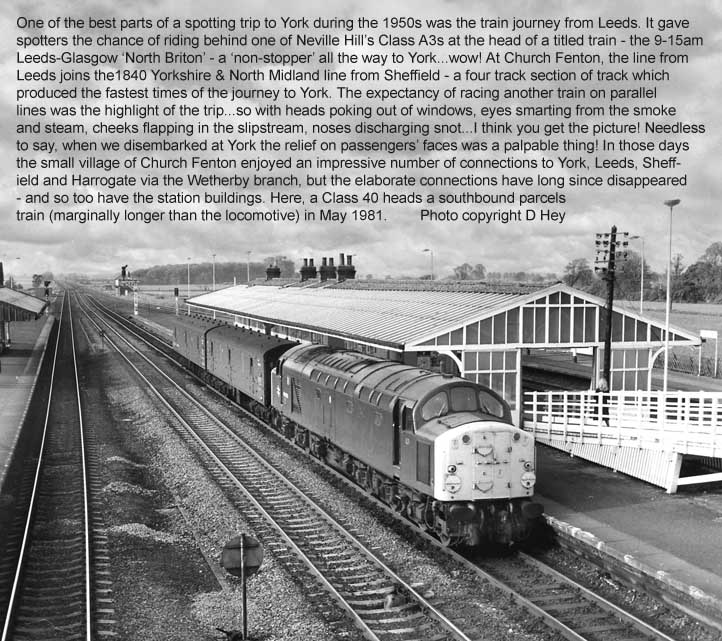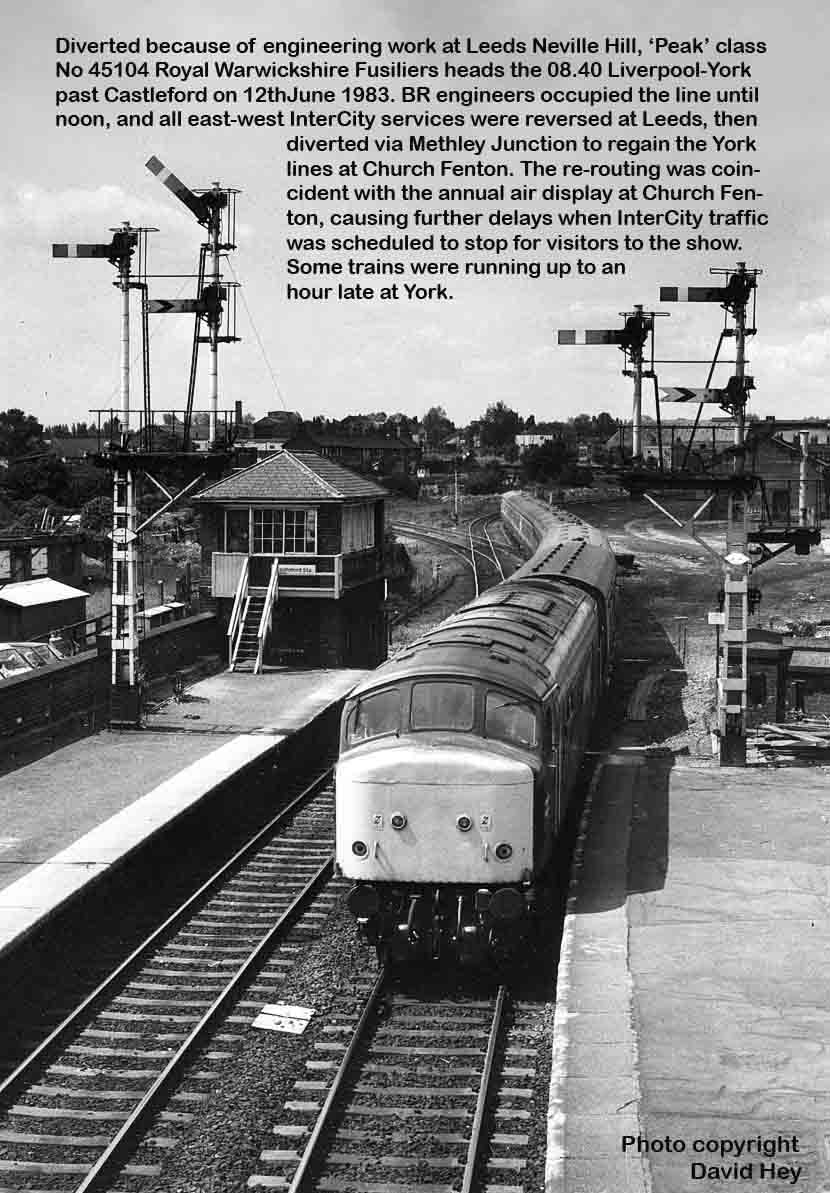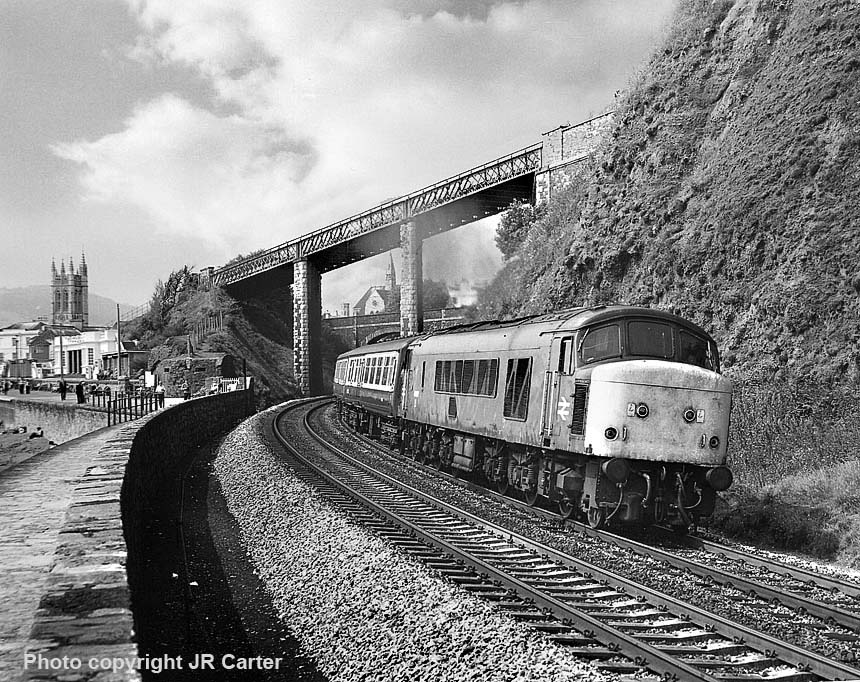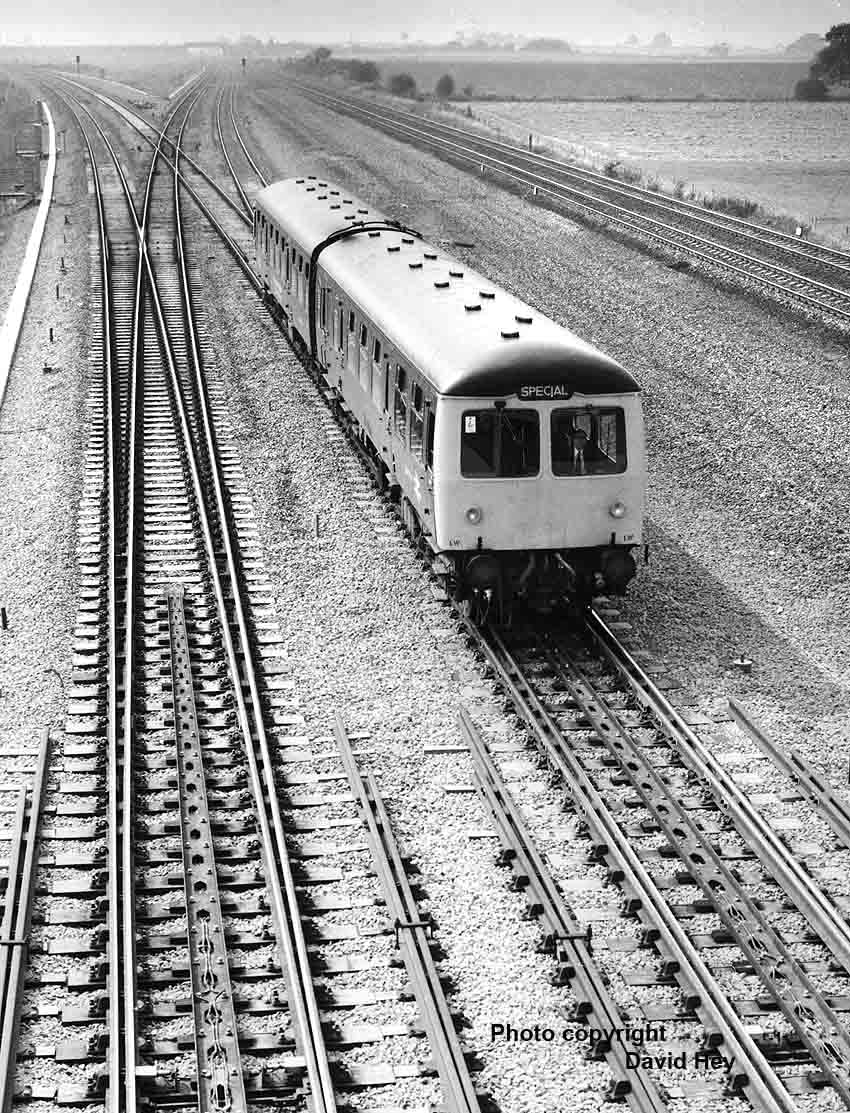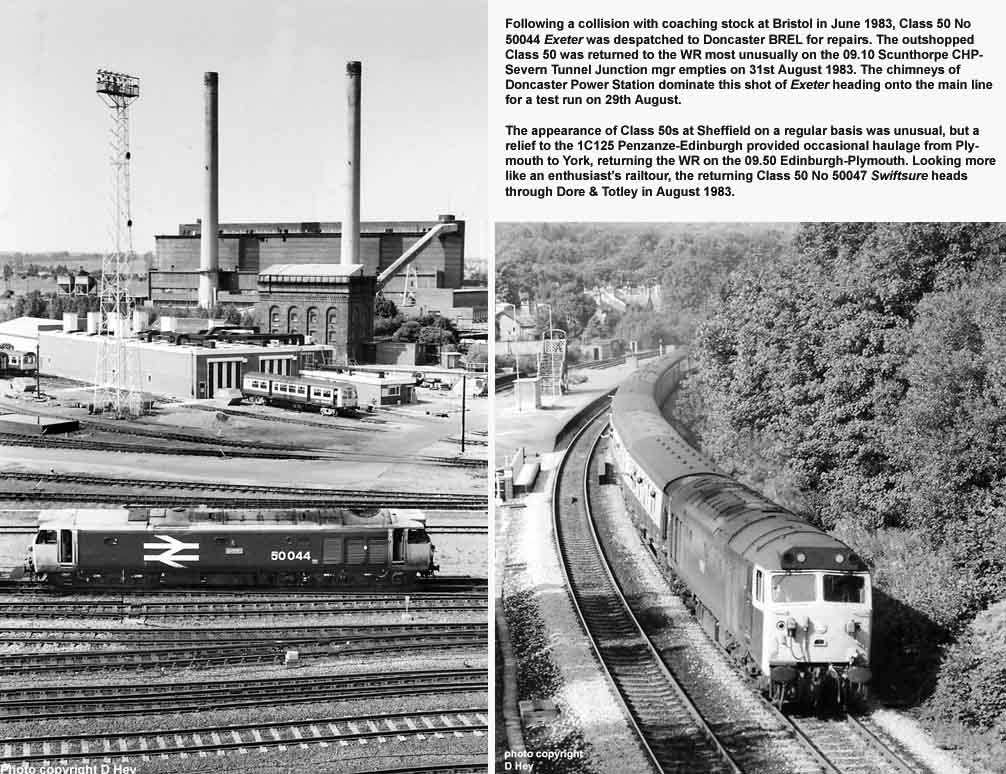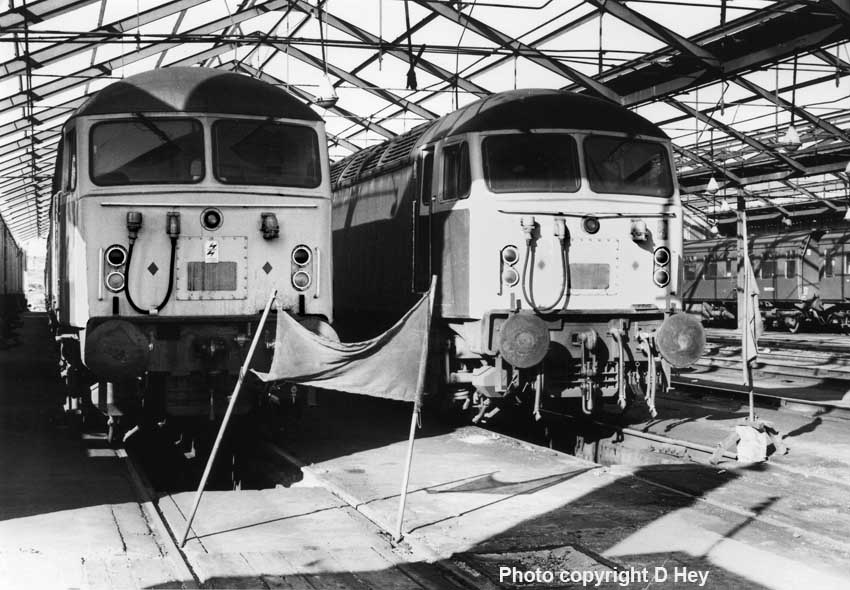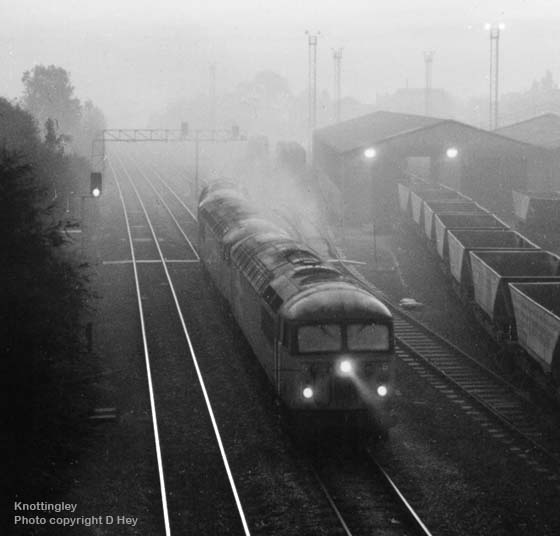How many of today's adult enthusiasts wish they had taken more railway photographs when they had chance in the 1960s? I certainly do - and I would have done a lot more - but, as ever, reality was not so clear cut. For one thing, most of the kids I knocked around with didn't understand my passion for photographing trains. In their view, it was juvenile and 'square', and the question most frequently asked was - why did I do it?
Why not? Like many steam enthusiasts of that era I was determined to record the railway scene before it vanished completely and no amount of peer pressure was going to intimidate me.
But the rules of engagement were about to change. As dieselisation got into its stride, visits to the lineside might yield the odd photograph of steam, but for the most part enthusiasts had to make do with taking shots of dreary-looking diesels. Alas, railway photography had taken on a whole new meaning…BR's stock of motive power seemed to consist of only run-down steam classes and equally drab-looking diesels and, if truth be told, the enjoyment had gone out of railway photography. The lack-lustre railway scene was a truly depressing sight and there were many enthusiasts who saw no point in photographing steam's imminent demise in such a lametable state.
Fast-forward 20-odd years, however, and the demise of the first-generation diesel fleet suddenly triggered an innate sense of regret, perhaps a shred of guilt for abandoning railway photography when they did in the Sixties - and, before they know it...the chase is back on! 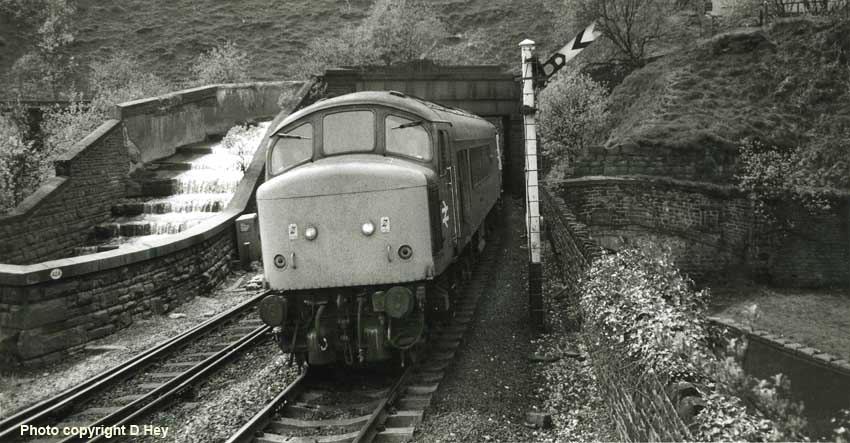
(Above-Below) Class 45 'Peak' No 45111 Grenadier Guardsman emerges from Standedge Tunnel with the 12.05 Liverpool-Scarborough in May 1983. On the right is the Huddersfield Narrow Canal, less than 7ft wide, which enters the hillside through a 5,456 yard long bore at a lower level beneath the railway. The bridge carries overspill water from a local reservoir. (Below) In the opposite direction, an unidentified Class 56 heads a MGR from the Yorkshire Coalfied. 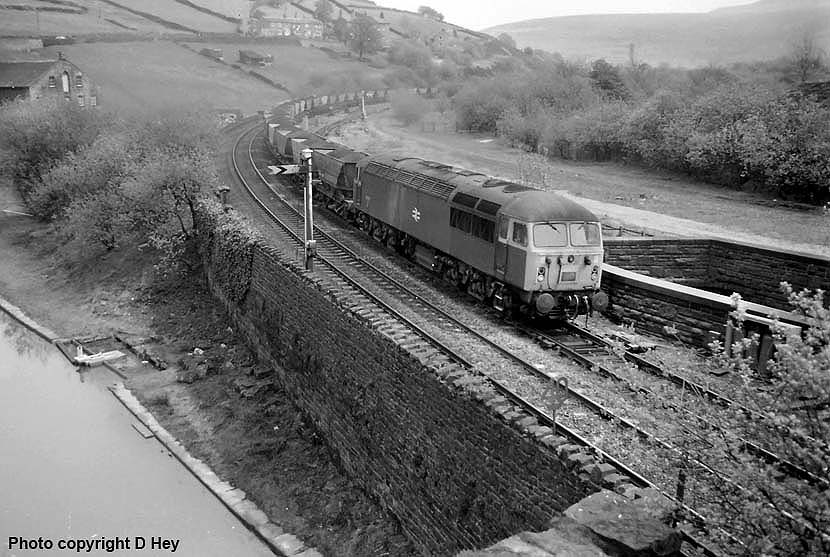

(Above-Below) Section of a 35mm contact sheet showing the various shots taken at the Marsden end of Standedge Tunnel. (Below) Following the reduction in rail traffic over the Settle-Carlisle line its future was in some doubt. Its decline as a major rail artery culminated with the re-routing of the scheduled Nottingham-Glasgow expresses via the Hope Valley line which clearly revealed BR's intention to demise the S&C (by re-routing traffic away from the S&C it effectively reduced its importance as a major rail link, thus making closure an easier option). The blunt disclosure by BR of the deterioration of the quarter mile long viaduct at Ribblehead and the cost of repair was given as the main reason for the decision to close the line. But it wasn't until August 1983 that the rumour of closure was confirmed. By then, only a modicum of freight, together with two daily passengers services in each direction formed the line's regular service. The announcement saw the start of the longest public hearing ever held by the Transport Users Consultative Committee. Here, Class 31 heads the 16.35 Carlisle-Leeds past the remote Blea Moor Sidings on 23rd June 1983. This is a super-wide image - click on image once, then again to see extra-wide view.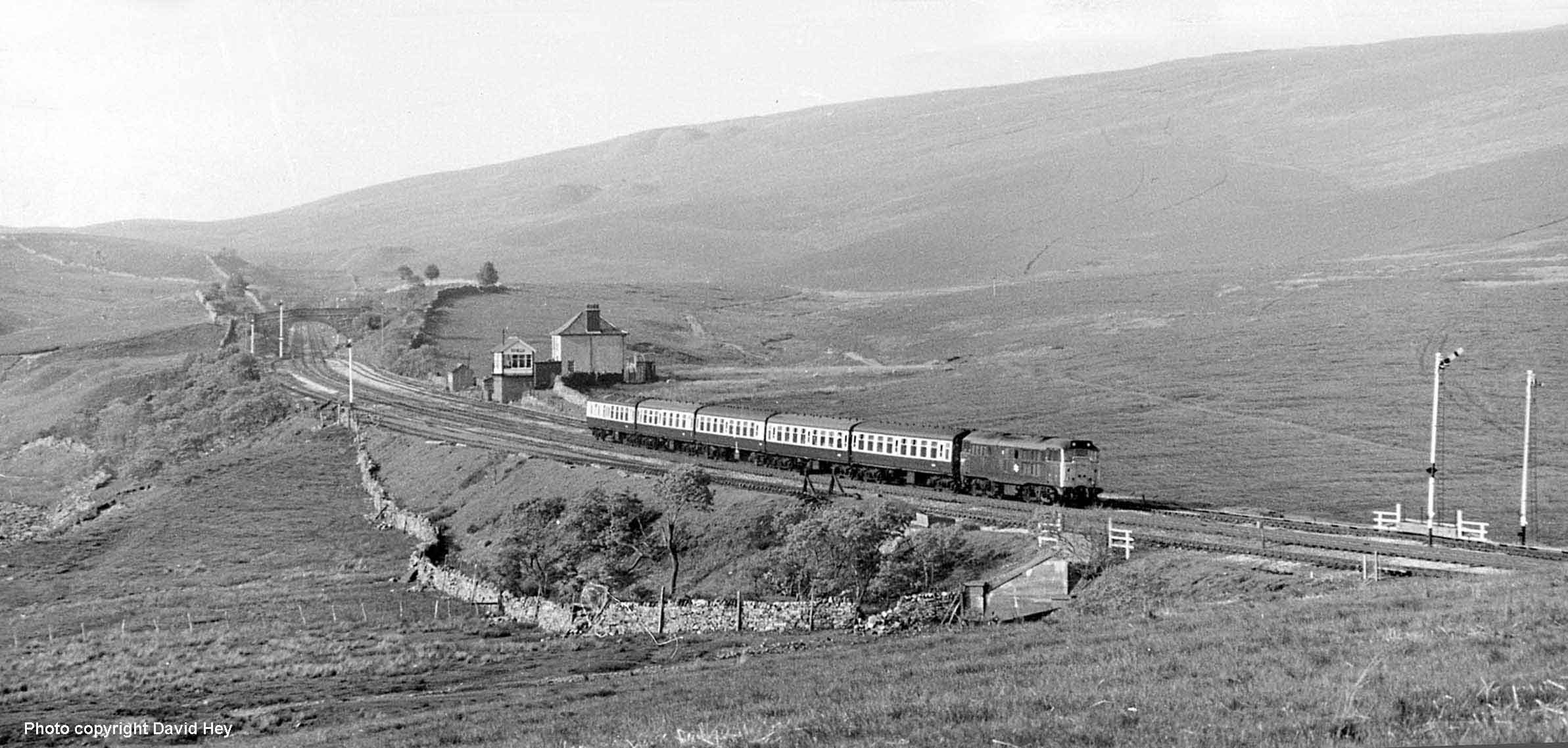
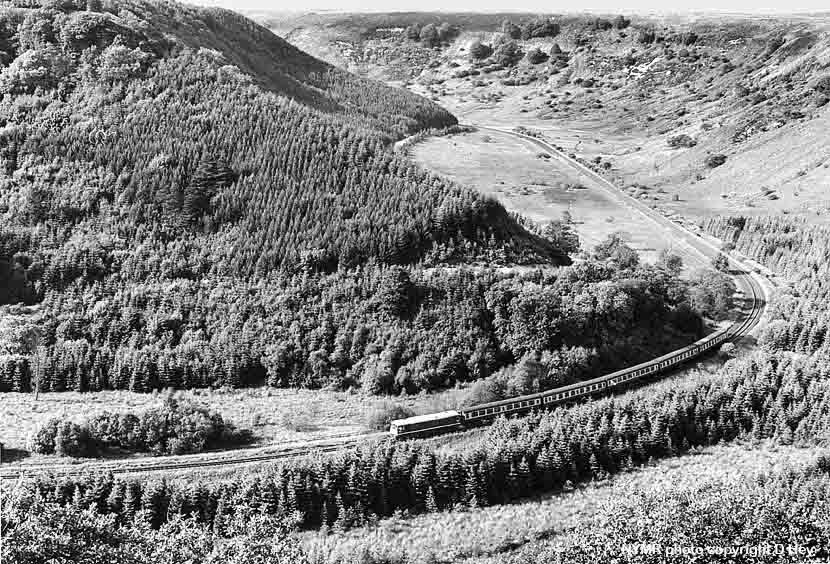
(Above) The NYMR is now host to several diesels - the first one being Class 24 No D5032 which arrived on the line following a request by the Forestry Commission for a cessation of steam working during the hot summer of 1976. The fire risk within the National Park is always a problem, and the introduction of a well balanced steam-diesel fleet has offered a solution to the hazard of steam operation through the coniferous forests. The tabular hills of the North Yorkshire Moors can be clearly seen as D5032 runs downhill through Newtondale in 1983.

(Above-Below) Barrow Hill Roundhouse on 27th June 1981. Click here to visit the excellent Barrow Hill site.
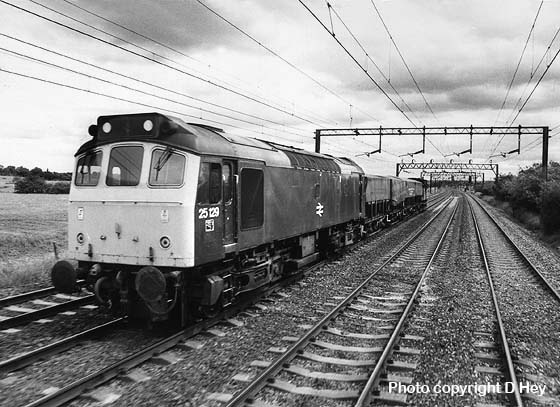
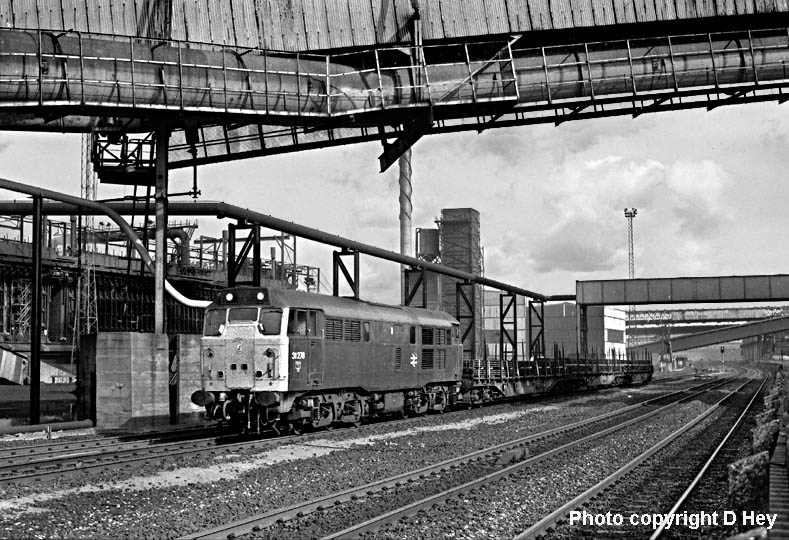
(Above-Below) Composition is a subconscious thing, they say, and this is especially true when taking photos of diesels. Apart from avoiding the obvious gaffes - an unsightly telegraph pole sprouting from a locomotive's roof - along with the absence of a smoke effect (an integral part of steam photography) then a reconnaissance with a camera demands more planning. Harking back to the 1960s I remember arriving at a chosen location, yet never quite fathomed out what made the composition work so well. Nor had I taken into account that the best planned shot can be spoiled by the very subject I was taking. Too many times, it seems, I hadn't imagined the train in common with its surroundings beforehand and I ended up with a set of photographs of steam trains and little else besides. During my last sortie with a camera in the 1980s I tried to embrace more of the railway scenery, such as the industrial setting at South Bank on Teesside which created a lively backdrop to these shots, however the only way of including the surrounding area in the composition was by making sure the trains were still some distance away before pressing the shutter. The locos have long since gone, but is the industrial setting still there, I wonder?
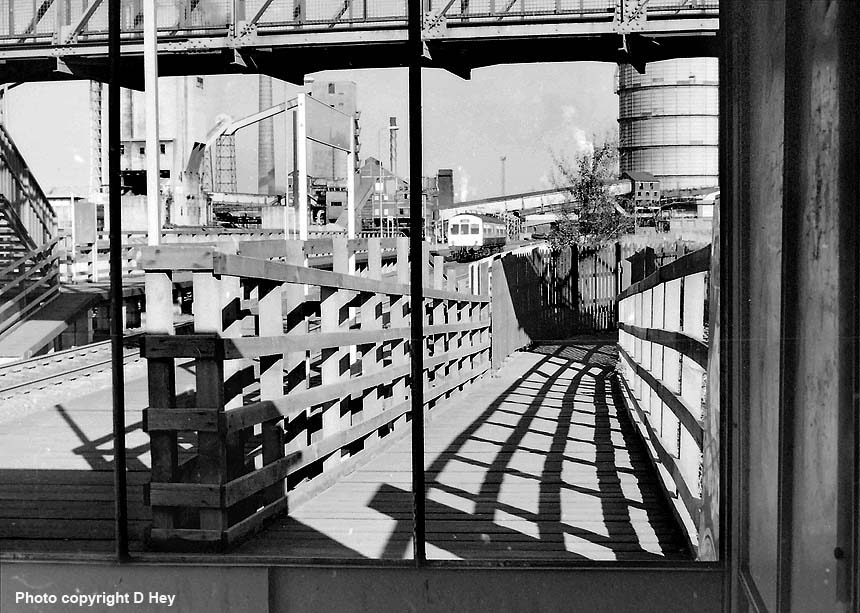
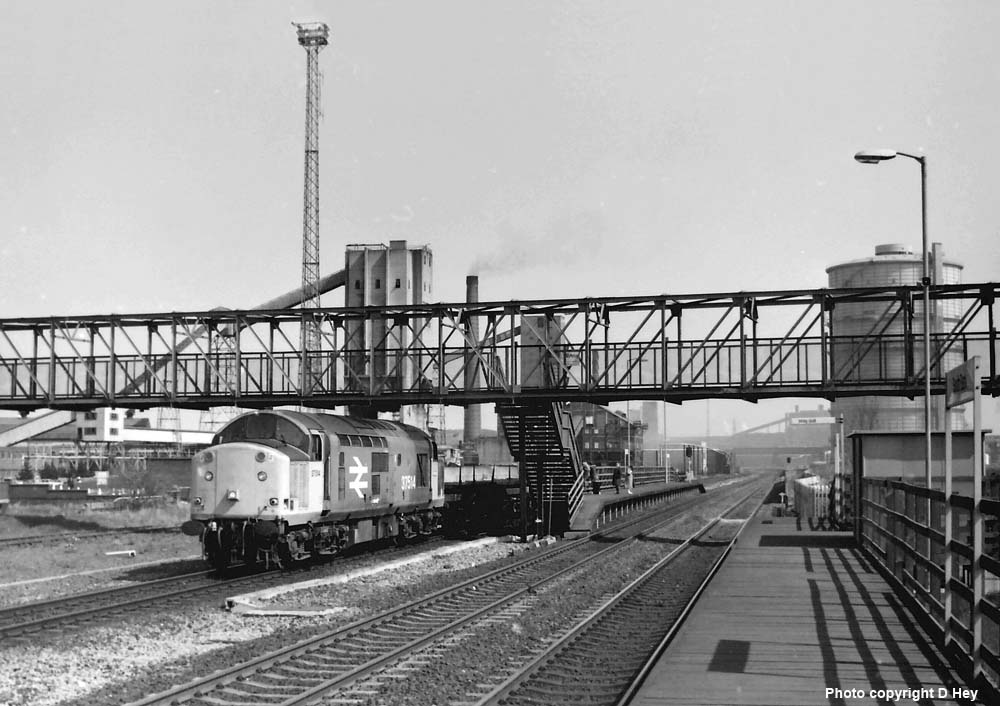
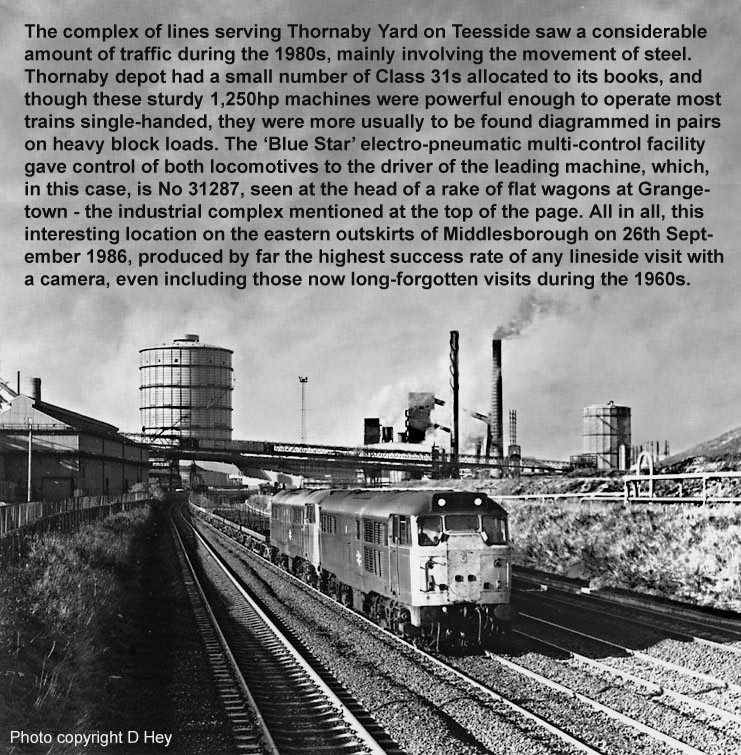
Alas, my days of strutting the 'Light Fandango' at the local Palais have long since gone, but this doesn't stop my imagination being fired up and rearing to go. As you get older, the sedentary lifestyle that comes with old age is profoundly depressing, so wallowing in nostalgia for the old days is a good way of seeking 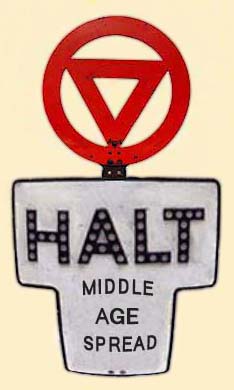 refuge from the grim reality of our crazy world. And in case you're wondering, this is meant to be a good-humoured look at the foibles of old age, because in an odd sort of way the ageing process does have it's advantages.
refuge from the grim reality of our crazy world. And in case you're wondering, this is meant to be a good-humoured look at the foibles of old age, because in an odd sort of way the ageing process does have it's advantages.
For one thing, people in my age group are uniquely privileged in that they can step off the treadmill of the rat race to wallow in a spot of nostalgia. But if there is a downside to growing old, it is the prospect of spending the rest of your life forgetting what you're supposed to be wallowing in!
Welocome to the twilight zone...
But the ageing process catches up with everyone in the end, for having entered the new millennium, the high-tech revolution has spawned a new generation of white people - computer nerds like me who don't get much sun because we're glued to our computer screens all day. And what about the rising epidemic of road rage, air rage and old ladies getting mugged in the street in broad daylight?
Okay, I'm beginning to sound like those grumpy old men on TV, but where will it all end? Who would have thought that the Brits - once renowned for their stiff upper lip and stoic willingness to wait patiently in queues - would turn into a nation throbbing with Basil Fawlty-style rages? I can't remember our lives being anywhere near as bad in the Sixties.
Okay, perhaps Mods and Rockers battled it out on seafronts and the 'flower-power' hippie community was getting high on drugs, but even the bad times were good then. Well, most of them anyway. The memory of steam's demise will never go away...when the final indignity came in 1968, it was all over and train spotting was never the same again...
DIESEL PHOTO GALLERY 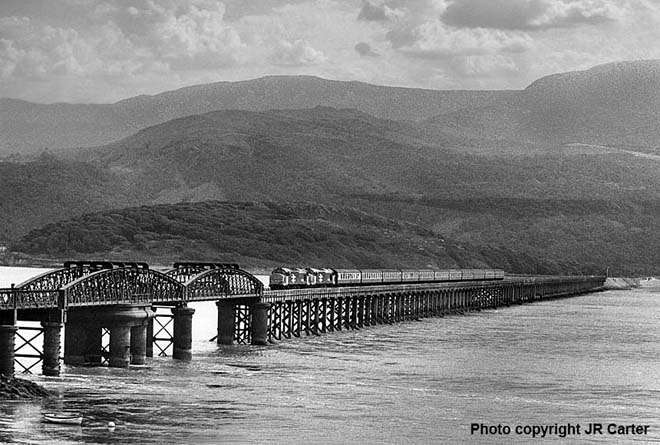
During the mid-1980s BR imposed a ban on locomotive-hauled trains crossing Barmouth Bridge to allow for the treatment of an infestation of teredo marine worms on the wooden structure. Trains travelling along the coast to Barmouth and Pwllheli were made up of Tyseley-based dmus until the Barmouth Bridge refurbishment was completed. From 13 April 1986, Class 37/4 commenced duties on the summer Saturdays Euston-Pwllheli and return. Here Jim Carter catches the 07.30 Euston-Pwllheli 'Snowdonian' on the bridge crossing the estuary of the Afon Mawddach river on the coast of Cardigan Bay between Morfa Mawddach and Barmouth in Gwynedd, North Wales.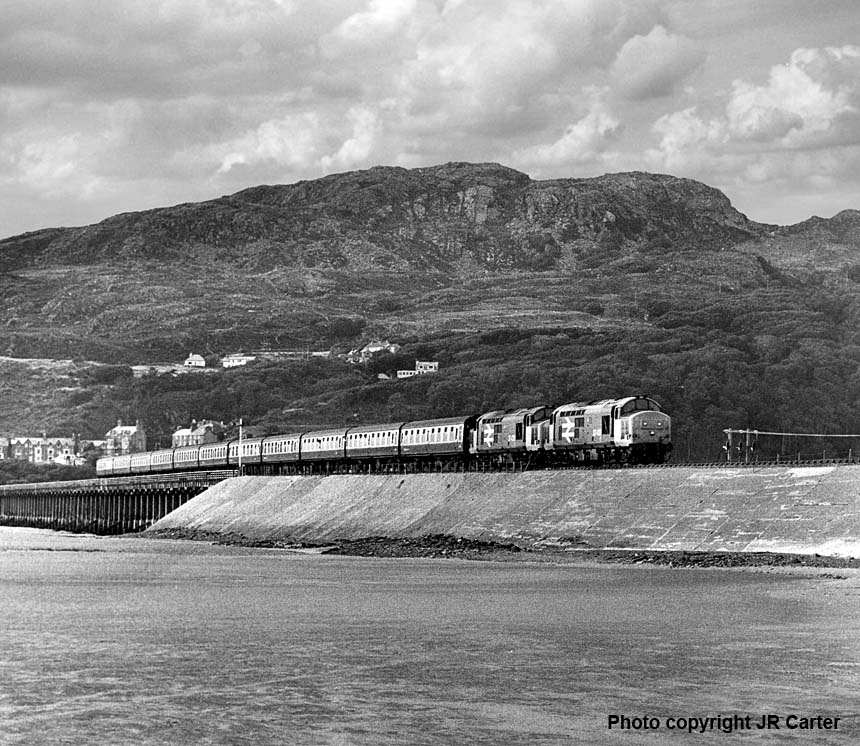
(Above-Below) Following the withdrawal of the Swindon-built Class 124 Trans-Pennine sets on the south Trans-Pennine service between Hull and Manchester via Doncaster and Sheffield in May 1984, loco-hauled trains were reinstated using Brush Type 2 (Class 31/4s) newly-equipped with eth. Here No 31428 heads a train to Manchester through Hope on 13th February 1985. (Below) On the same day, No 31441 heads an eastbound train through Edale on the Hope Valley line. The introduction of the 'Sprinter' dmu fleet rendered the Class 31/4s an expensive means of hauling provincial service stock and the locomotives were rendered surplus to requirements.
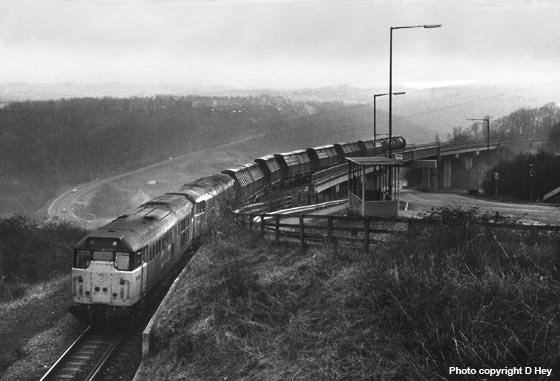
(Above-Below) Although the Whitby-Redcar route was closed to passengers on May 5th 1958, part of the branch survived as a freight-only line to Skinningrove - an additional section was relaid as far as Boulby in April 1974 to carry the output from the Cleveland Potash Mine in purpose-built wagons. This shot (above) shows Class 31s Nos 31210 and 31320 crossing the new viaduct which carries the line over the A174 at Carlin How near Skinningrove. (Below) A panoramic view of the rugged coastline showing Class 31s Nos 31210 and 31320 departing Skinningrove with a Boulby-Teeside potash train along the clifftop on May 18th March 1986.
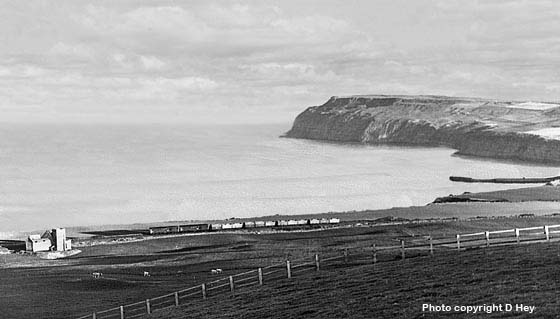
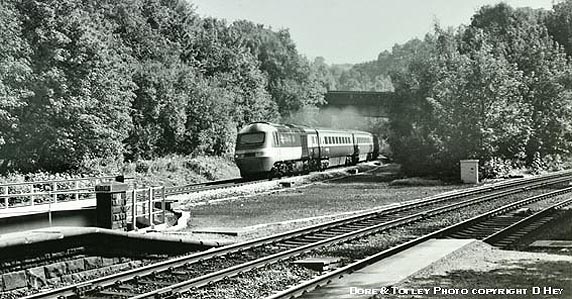
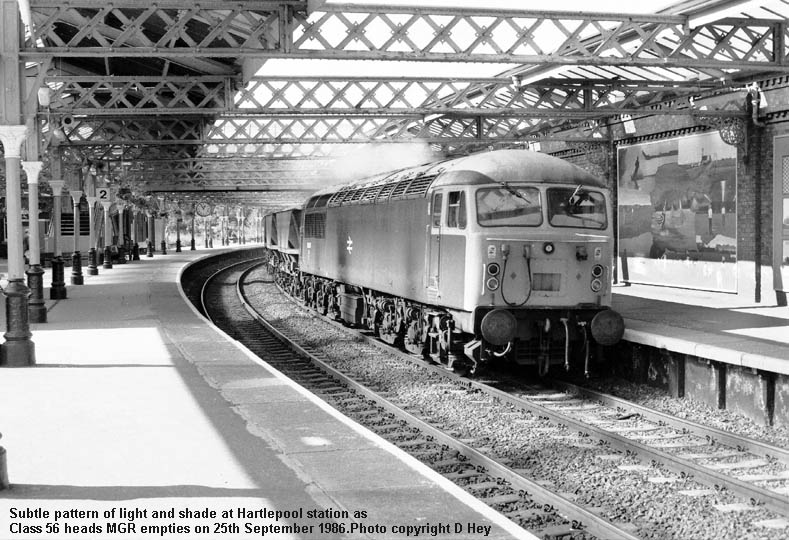
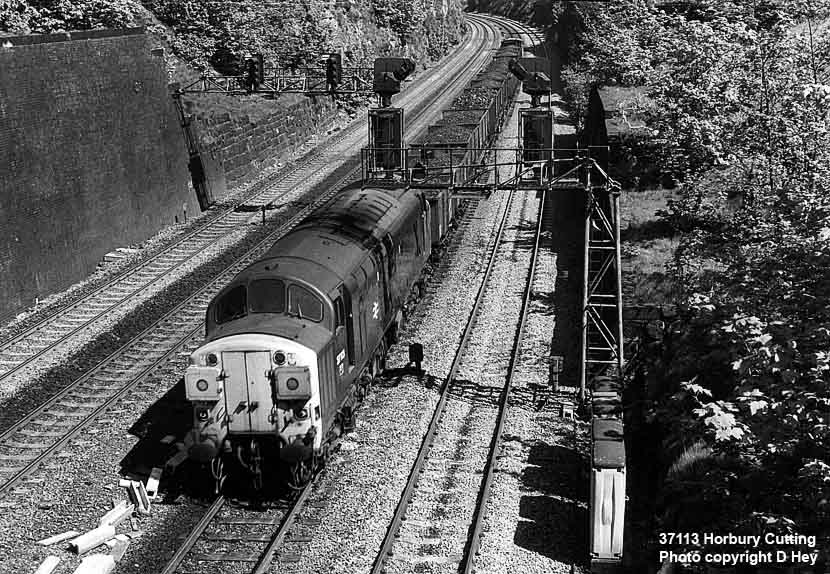
(Above) At the turn of the century, several rail companies increased trackwork over existing routes to assist the flow of traffic from other regions. The LYR quadrupled most of the route between Brighouse and Horbury, whilst the LMS later completed the widening to Wakefield. It involved opening out of the 128yd tunnel at Horbury to a four tracked cutting. The four tracks were paired by direction with the fast lines in the centre. (Above) Class 37 No 37113 heads a loose-couple coal train to Healey Mills Yard.
(Below) The once-busy Healey Mills Marshalling Yard provided an infinite variety of freight traffic, including this one comprised of newly-repaired HAA hoppers from Knottingley which is being propelled by a Class 08 shunter towards Horbury Station Junction in the background. Alas I am wrong! Visitors to this site usually come up trumps when it comes to spotting inaccuracies and ex-BR Fleet Engineer, Vic Smith, has dropped me a line - 'Seeing as the loco is propelling, it has only come a short distance, certainly not from Knottingley...it would be the returning 9K47 trip working with repaired wagons from Wakefield Wagon Shops...' Thanks Vic. The line diverging to the left was the freight-only spur to Crigglestone and Barnsley in South Yorkshire, whilst in the background is the site of Horbury and Ossett station which closed in 1970. The station had an island platform served by the fast lines only.
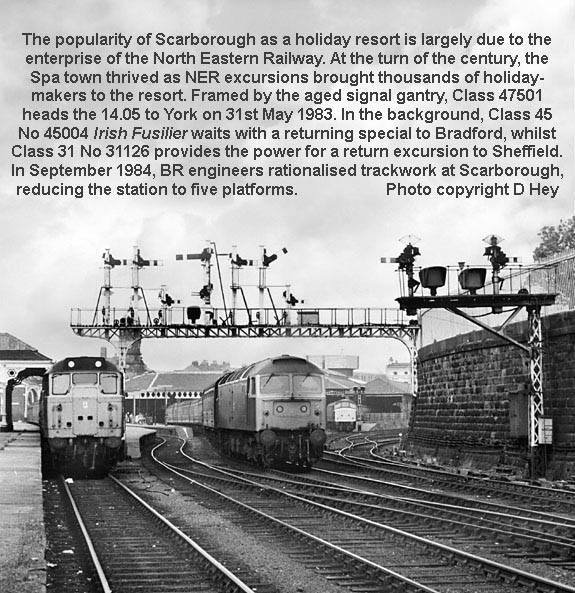
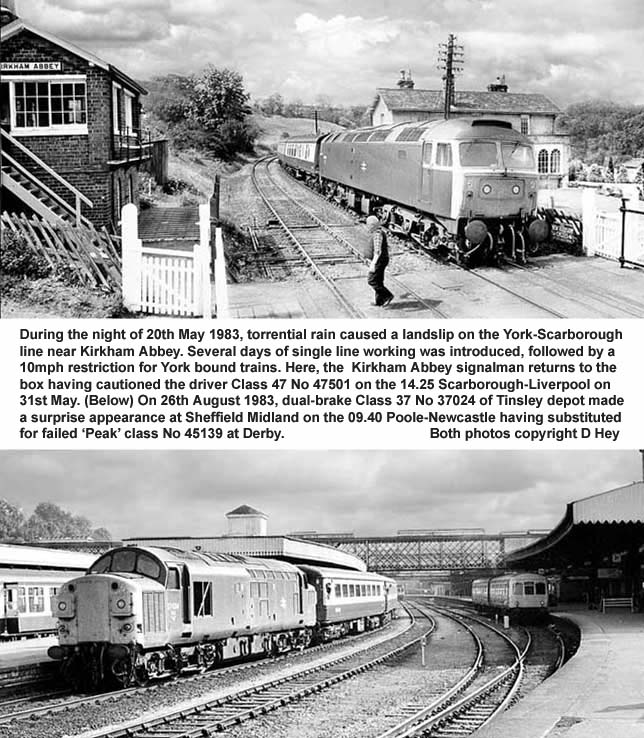

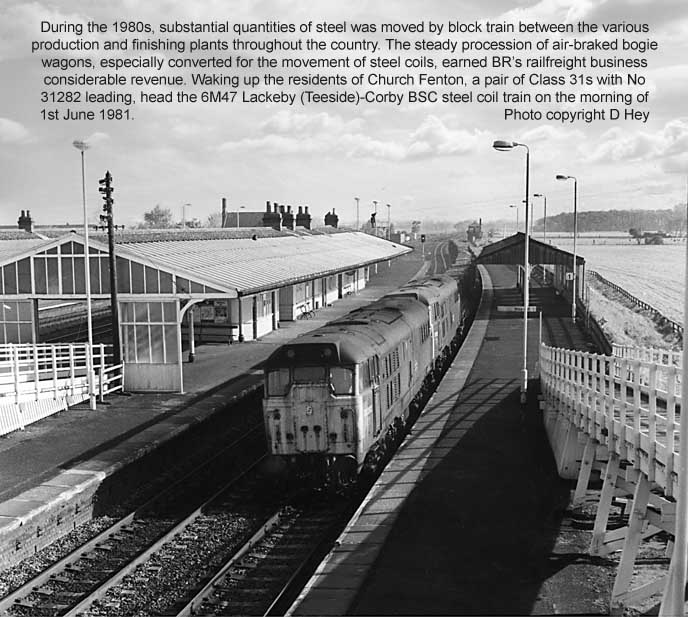
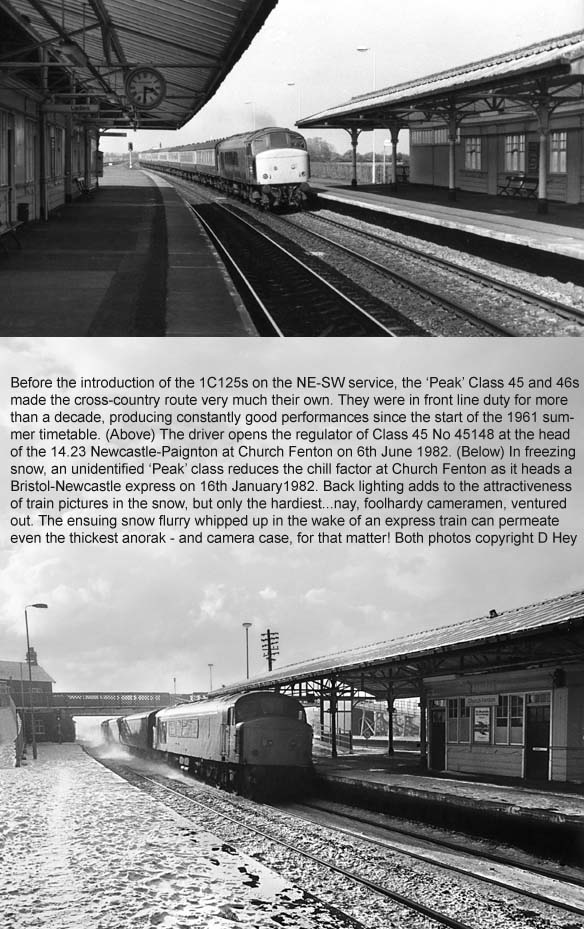
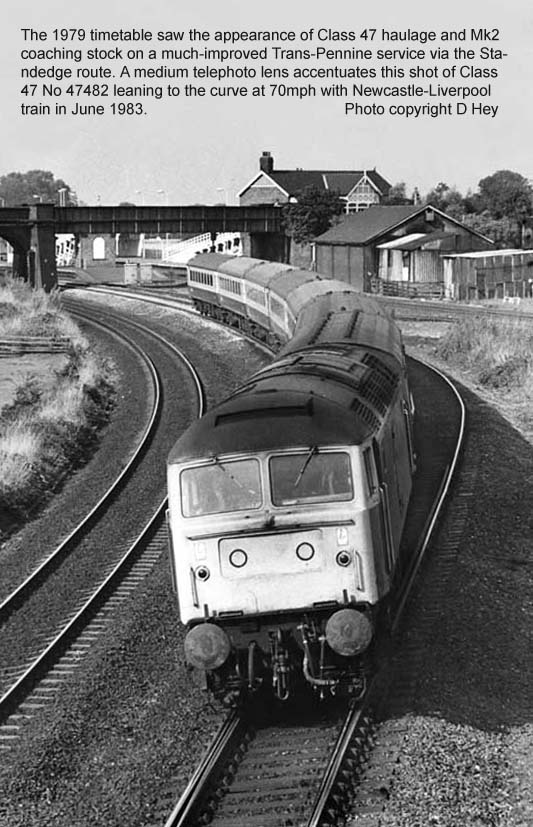
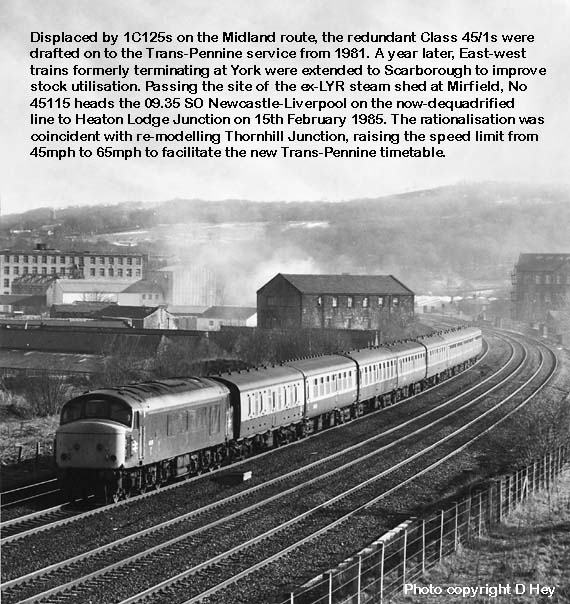

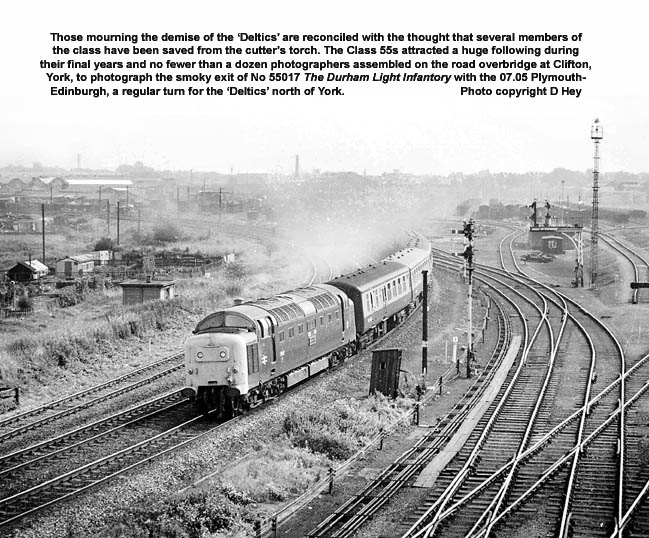
(Below) This is a general view of the specially designed turnouts at Colton North Junction at the northern end of the then new ECML Selby Coalfield diversion. The new line was built to enable the National Coal Board to mine a mile wide belt of coal, and to avoid the risk of subsidence seriously affecting the fast Intercity service on the original line. During the summer of 1983, BR introduced an intensive staff routing programme, using two withdrawn Craven Class 105 units and involving train crew men from BR's Doncaster, Leeds, Kings Cross and Newcastle divisions. One of the twins, renumbered TDB 977124 and TDB 977125 in the departmental fleet approaches the newly-installed junction in August 1983. Colton North Junction became the longest and fastest on the BR network and was specially designed for 125mph running. The York-Leeds and Sheffield lines can be seen in the background.
During the 1970s the view of my local line was nothing like I remembered it, and I scarcely showed any interest in the so-called 'modern image' - all those bone-shaking diesel railcars left me stone cold, and contrary to BR's promise of a cleaner environment the diesels were just as smoky as their steam predecessors. Then at the beginning of the 1980s, something happened that set my pulse racing. With the High Speed Trains (HSTs) making major inroads on the ECML, news of the Deltic's demise rekindled some mote of nostalgia for the old days. But what spoiled it for me was the all-pervading blue and yellow ethos. Then I saw a picture of a large logo'd Class 50 on the front cover of a railway magazine and - like manna from heaven - the bug had bitten again. And all because of a splash of paint! Odd then, that I still preferred to photograph trains in black & white - the old-fashioned way!
CLASS 50 HOOVERS
The fleet of 2,750hp Class 50s, Nos D400-D449, were the production development of the EE Co's prototype DP2, and made their debut in 1967 as a stop gap for the WCML pending completion of the 25kV electrification between Weaver Junction and Glasgow. Dubbed 'Hoovers' by enthusiasts (due to the arrangement of the air intake fans which produced a rather distinctive sound) these locomotives did nothing for me in their original guise - an overall rail blue livery with full yellow ends; black bufferbeam, bogies and undergear, together with the barbed-wire logo (indicating two-way traffic) which the BRB adopted in place of the British lion and wheel symbol.
(Above) Super-wide image of Class 50s awaiting departure from Exeter on 24th July 1984. Click on photo once, then again to see full-sized images. A word of helpful advice when viewing these images. Press F11 on the keyboard to empty the screen of all extraneous clutter (tool bars top-bottom etc) revealing a full-size webpage on screen...it really does make a difference! After viewing super-wide size, move cursor off the image and right-click to return 'back' to the page. You can press F11 on the keyboard at any time to return to the original screen.
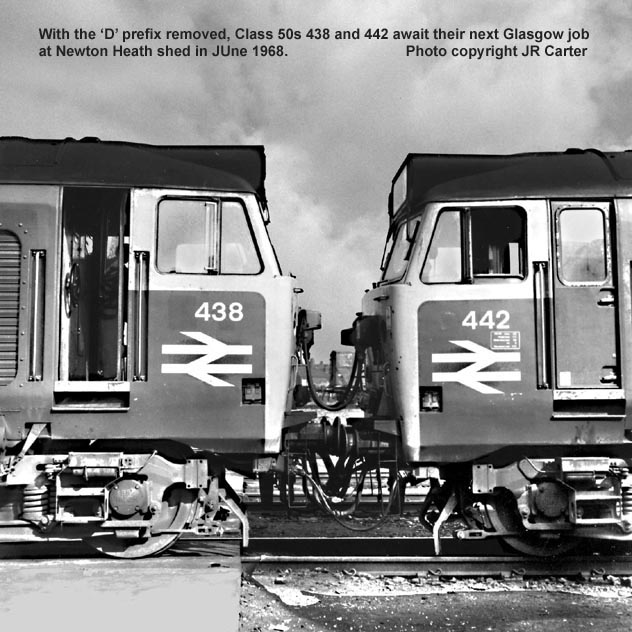

There are quite a few updates planned which will be scattered around the site, including many taken during the 1980s when BR's elderly diesel fleet began to disappear from the scene. A negative scanner has revealed a number of flaws on the original images (scanned from prints) which have been posted on the site - either being too light or too dark - including this one of 50029 making a smoky exit from Birmingham New Street in 1981. Not only am I unearthing old photos I've forgotten all about, the scanner has jerked a few personal memories along the way.
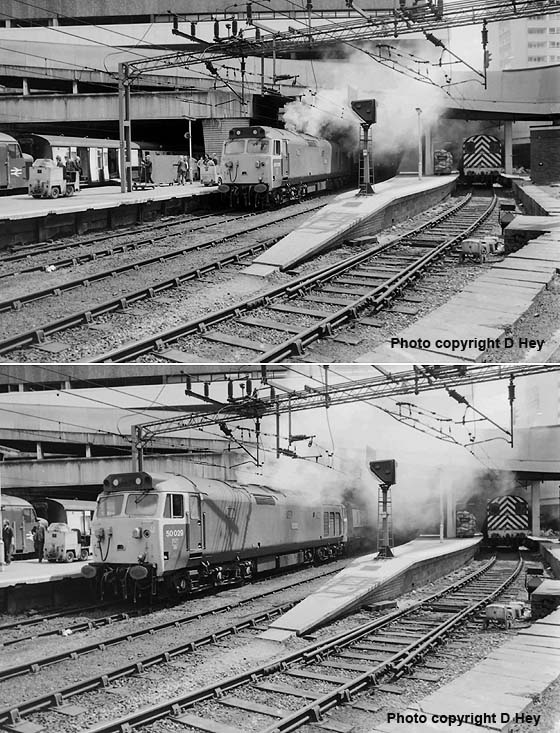
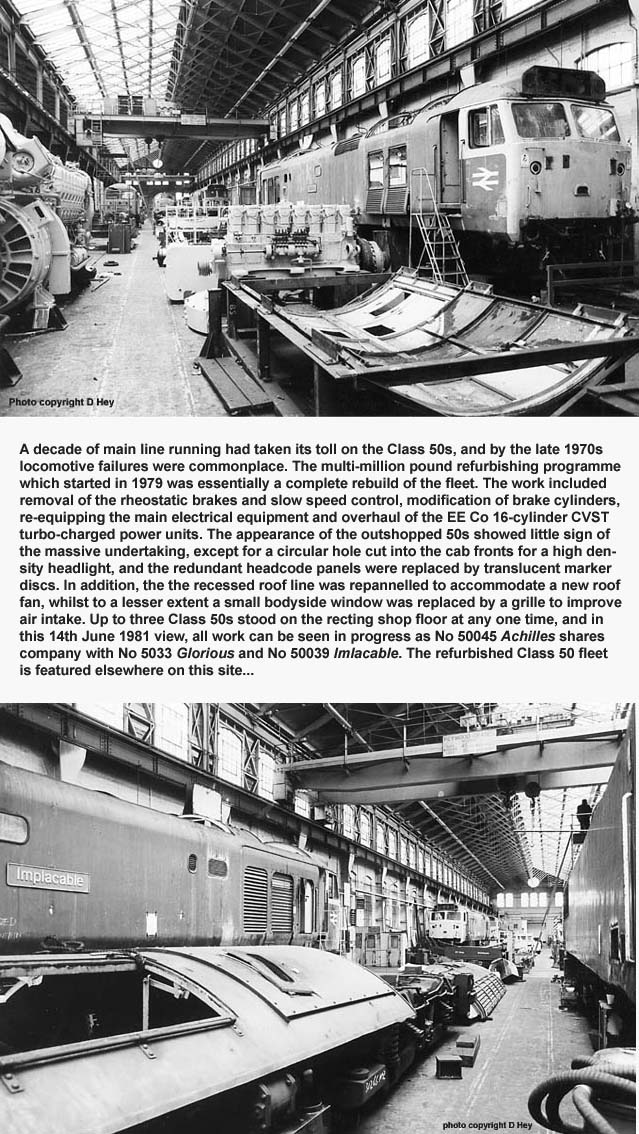
(Above) By the time the Class 50s were transferred to the Western Region, a decade of 100mph main line running on the WCML had taken its toll on the class, and in 1979 Doncaster Works began a major refurbishing programme which was essentially a complete rebuild of the fleet. The work included removal of the rheostatic brakes and slow speed control, modification of brake cylinders, re-equipping the main electrical equipment and overhaul of the EE 16-cylinder turbo-charged power units. The appearance of the outshopped 50s showed little sign of this massive undertaking, except for the replacement of redundant headcode panels by translucent maker discs, a high density headlight was fitted in the cab front and the recessed roof line was modified to accommodate a new roof fan - plus, of course, a startling new livery. The new livery was devised by BRB's Industrial Design Department following a request by BR's Chairman for a more imposing livery for main line diesels. Compared to the overall blue livery and full yellow ends of the corporate identity scheme, the new 'large body logo' style sat very well on the bulk of the Class 50.
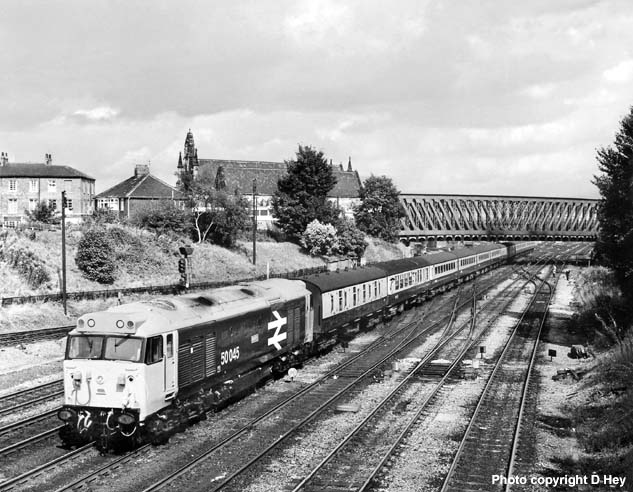
(Above-Below) The good looks of the EE Co machine can be seen in this shot of No 50045 Achilles passing Holgate Junction with the 09.50 Edinburgh-Plymouth on 3rd Sept 1981 - a regular diagram for outshopped 50s returning to the WR. (Below) 50044 Exeter at Doncaster August 1983
(Below) After photographing the end of the Deltics' reign on the ECML in January 1982, I made numerous pilgrimages to the south Devon coast - a place I had always wanted to visit after seeing the railway photographs taken by Dick Blenkinsop. My thanks to him and all the other photographers who instigated my passion for trains and railways during childhood spotting days, but it was the new large logo'd livery that reawakened my interest in trains in the Eighties. When the Class 50s arrived on the Western Region they were given names of British navy warships, many previously carried by the WR's diesel-hydraulic class D800s during the Sixties. Here, Class 50 No 50022 Anson heads the 12.50 Paignton-Paddington through a sunny Dawlish.
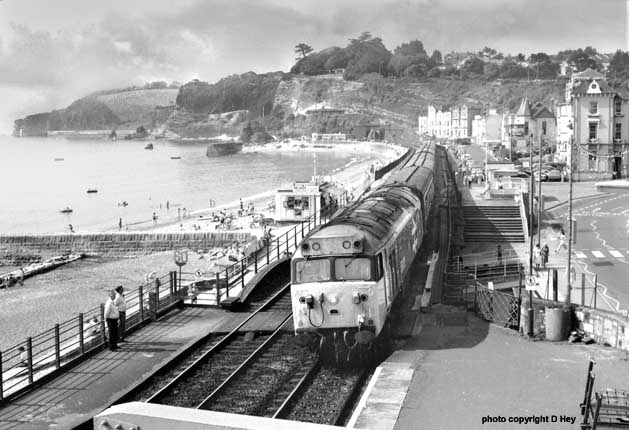
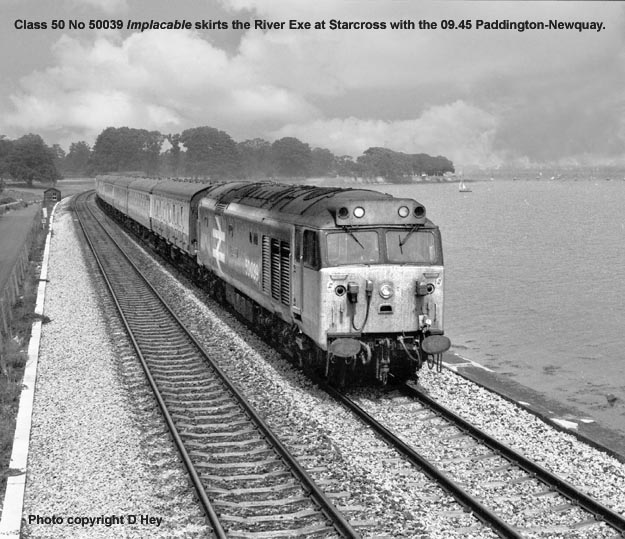
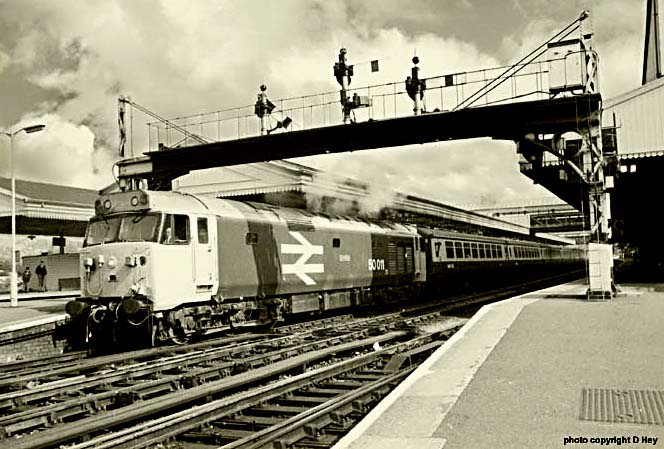
(Above-Below) Signal boxes and semaphores were once a familiar feature of the railway landscape, but with the installation of multiple aspect signalling (MAS) serious students of railway history set about photographing the old-fashioned manualboxes and their attendant signal installations, many dating back to pre-grouping days, before they too vanished from the scene. Framed by Exeter's aged gantry on the 'down' main platform, No 50011 Centurian restarts a Paddington-Plymouth train from Exeter. (Below) Looking more like a rail tour, Hoover fans hang from the window of the 12.50 Paignton-Paddington behind No 50049 Defiance at Teignmouth in July 1981.

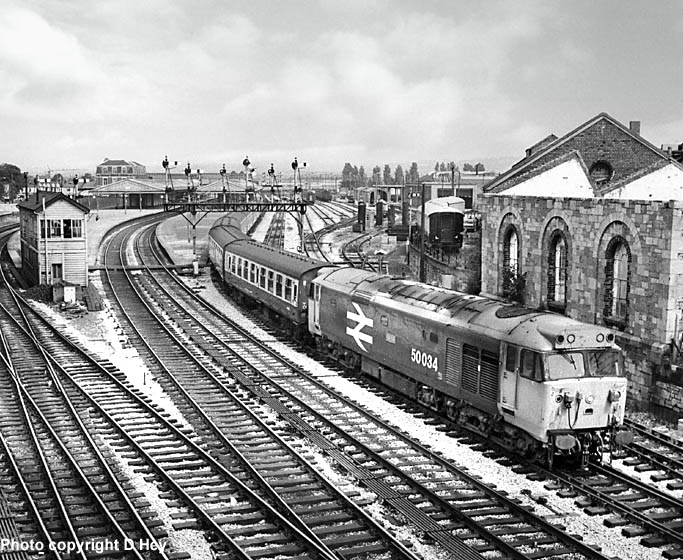
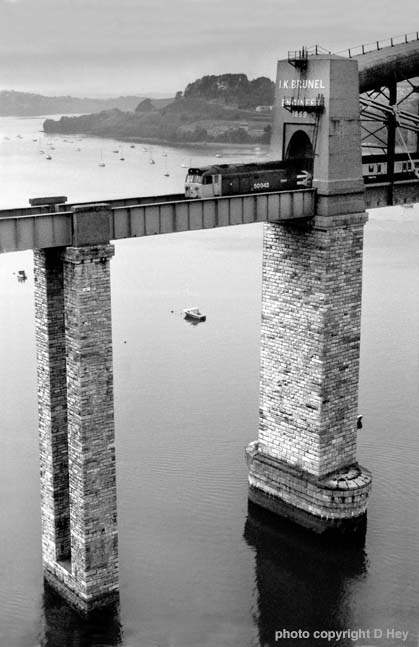
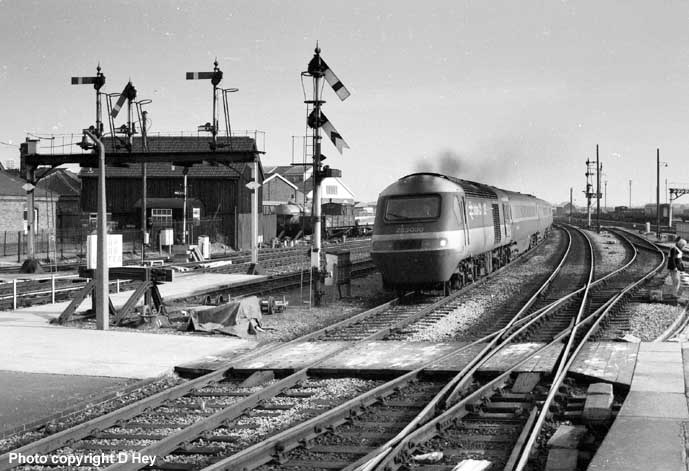
(Above-Below) When BR's ageing fleet of main line diesels, built to designs conceived during the 1950s and 1960s, began to wear out en masse, BR made a start on the design of an entirely new diesel prototype comprised of a power car at each end and capable of running at 125mph on existing tracks. The first production IC125 sets destined for the Western Region (Class 253) appeared on the Paddinton to Paignton, Plymouth and Penzanze services in October 1975, with a full service implemented from May 1976. The obliging driver of a travel-stained 1C125 set No 253030 opens up the regulator on the 14.25 Paddington-Plymouth at Taunton on 19 February 1985. I say obliging because one of the anomalies of photographing HSTs and dmus is that they look to be going neither one way or t'other! Taunton was stripped of its semaphores two years later.
(Below) The Class 56s were the first main line diesel locomotives to be ordered since the 1960s. Built specifically for heavy freight duties throughout the BR network, the first 30 locomotives were subcontracted by Brush to the Electroputere Works in Romania and were delivered to BR in August 1976. Unfortunately, their introduction was unsatisfactory in many respects when they failed to meet BR's exacting specifications. From such an inauspicious start however, the Class 56s became regular workhorses of the BR fleet. The exposed girders at Doncaster depot cast light and shade on Romanian-built Nos 56005 and 56028 on 5th June 1983.
(Above-Below) The initial batch of Romanian and Doncaster-built Class 56s were allocated to Tinsley from 1977. Very much on home territory, Doncaster-built No 56096 stands in the maintenance depot on 27th June 1981. The British-designed Class 56s were easily identified by their modified cab side windows, revised horn grilles, headlight and marker/tail lights. The new livery was applied from No 56084 onwards, including black window surrounds, large BR logo, oversize locomotive number and wrap-round yellow ends. (Below) The diesel depot at Knottingley was situated at the heart of the complex of lines from the South Yorkshire coalfield to the Airedale power stations at Eggborough, Drax and Ferrybridge. Here, a layer of thick early morning fog greets this batch of Class 56s at the start of their shift hauling the endless procession of merry-go-round trains from pit to power station
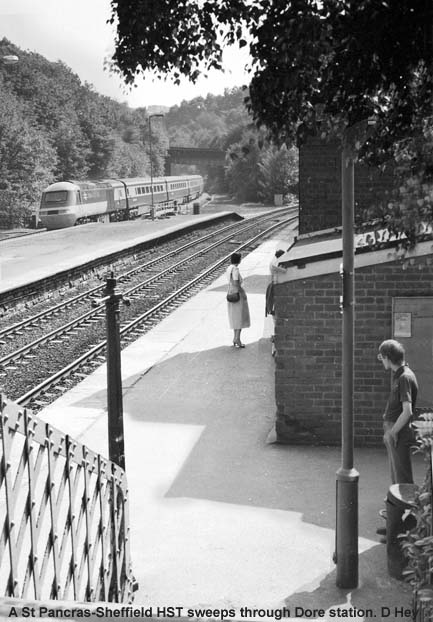 | 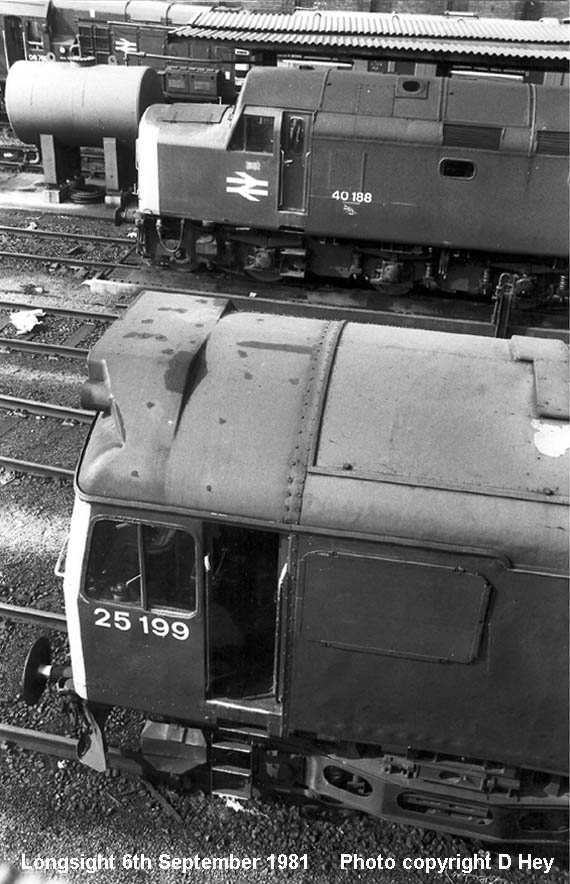 |
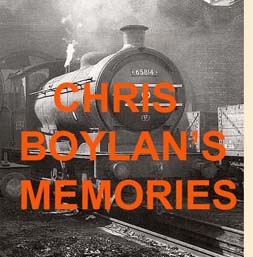 | 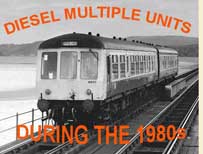 | 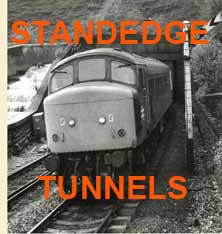 |  |
Click on photo-links above to visit other 1980s diesel pages on this site
Polite notice: All text and photographs are protected by copyright and reproduction is prohibited without the prior consent of the © owners. If you wish to discuss using the contents of this page the email address is below. Please note - this is not a 'clickable' mail-to link via Outlook Express. You will have to email manually.
dheycollection@ntlworld.com



